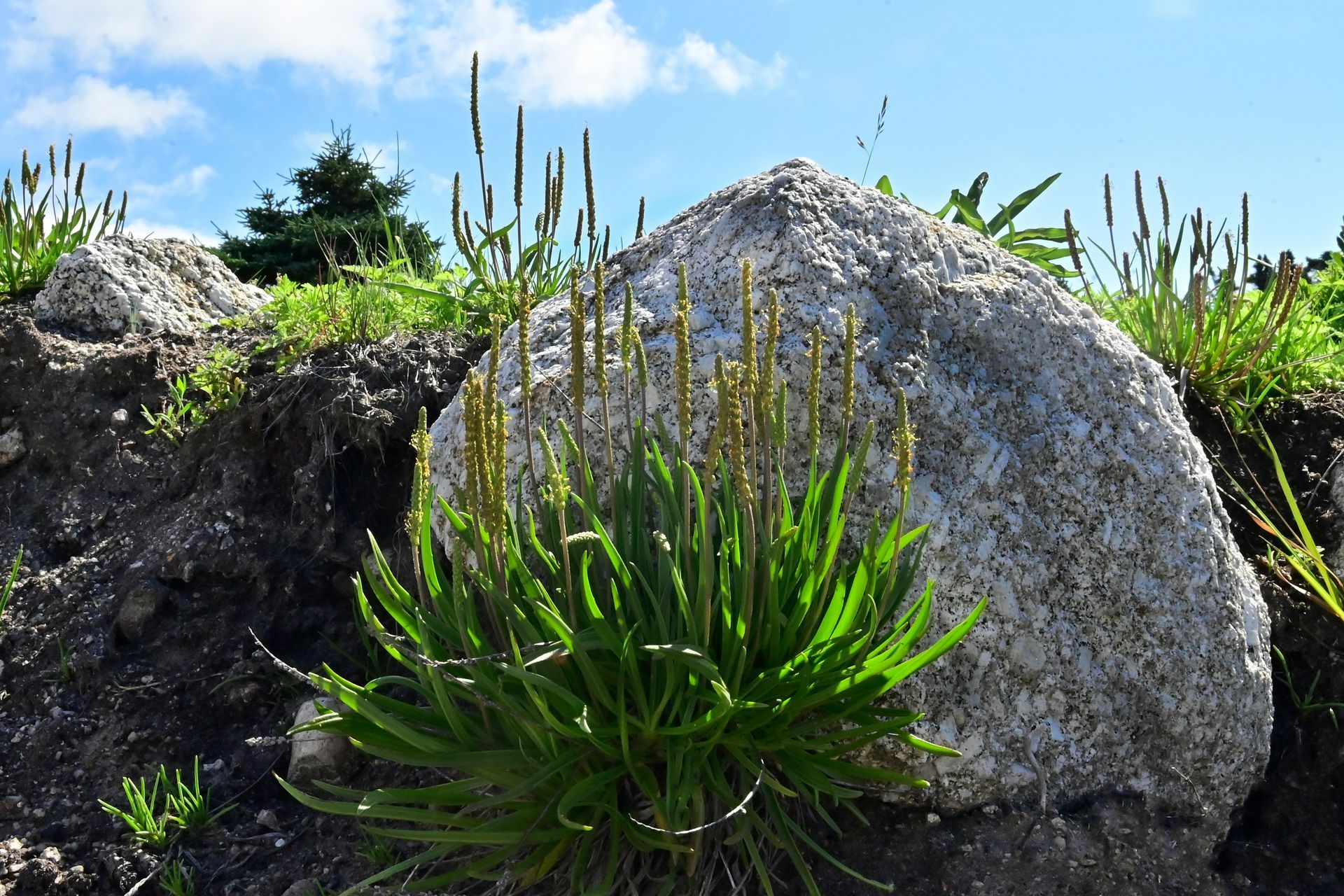Nature blogging: Capturing the essence of the wild, one post at a time.
7 Delicious Edible Plants in your Area!
Unlocking Nature's Pantry: Identifying and Enjoying Common Edible Plants

Hey there, fellow nature enthusiasts and aspiring foragers! Today, we're embarking on a delightful journey into the lush world of edible plants that might just be growing right under your nose. Whether you're a seasoned forager or someone just starting to dip their toes into the wild, exploring the edible flora around you can be both exciting and rewarding. So, let's take a stroll through some of the most common plant species you might find in your area that are not only safe to eat, but also delicious!
Note: If you have any doubts about the edibility of a plant, it is strongly advised not to take the risk of consuming it!
1. Dandelion (Taraxacum officinale):
Let's kick things off with a classic - the dandelion. These vibrant yellow flowers and their distinctive toothed leaves are practically everywhere, gracing lawns, fields, and meadows alike. But did you know they're not just pretty to look at? Dandelions are entirely edible! The young leaves are tender with a slightly bitter flavor, perfect for tossing in salads or sautéing as a nutritious side dish. And don't overlook those bright yellow flowers - they can be used to make dandelion wine or battered and fried for a unique snack. For eating, focus on the leaves and flowers while avoiding the bitter stem.
2. Wild Garlic (Allium ursinum):
If you catch a whiff of garlic while out on your nature walks, chances are you've stumbled upon wild garlic. Also known as ramps or bear's garlic, this aromatic plant prefers damp, shady areas like woodlands and riverbanks. Its broad, lush leaves and pungent aroma make it easy to identify. The leaves have a delicate garlic flavor, milder than cultivated garlic, making them perfect for adding freshness to dishes. And don't forget about the bulbs - they resemble small onions and can be used similarly in cooking, offering a more subtle garlic kick. You should avoid the roots and collect the leaves and bulbs.
3. Nettles (Urtica dioica):
Despite their stinging reputation, nettles are a fantastic edible plant packed with nutrients like vitamins A and C. Found along riverbanks, forest edges, and disturbed areas, nettles are easily recognizable by their serrated leaves and stinging hairs. But fear not - cooking or drying the leaves neutralizes the sting, leaving behind a nutritious green vegetable with a flavor similar to spinach. Nettles are incredibly versatile and can be used in soups, teas, or as a spinach alternative in dishes like lasagna or quiche. ‘Stick’ to harvesting the leaves and avoid the stems to prevent any unpleasant encounters with the stingers.
4. Blackberries (Rubus fruticosus):
If you're lucky enough to live near some wild spaces, chances are you've encountered blackberry bushes at some point. These thorny shrubs are commonly found in forests, fields, and along roadsides, boasting clusters of dark, juicy berries. Whether eaten fresh or used in jams, pies, or desserts, blackberries are a delightful treat packed with antioxidants and vitamins. When picking blackberries, only pick the ripe berries and avoid any that appear moldy or overripe.
5. Chickweed (Stellaria media):
Often overlooked as a weed, chickweed is actually a tasty and nutritious edible plant. Found in moist, shady environments like gardens and fields, chickweed is characterized by its small, oval-shaped leaves and tiny white flowers. Its mild flavor pairs well with other greens in salads or sandwiches, and its tender texture makes it suitable for various dishes. Plus, it's high in vitamins and minerals, adding nutritional value to any meal. Harvest the tender stems and leaves, avoid any tough or woody parts.
6. Plantain (Plantago major):
No, not the banana-like fruit, but the broadleaf plantain commonly found in lawns and sidewalks. This humble plant is known for its broad, ribbed leaves and tall flower spikes. Despite its unassuming appearance, plantain is rich in vitamins and minerals and entirely edible. Whether eaten raw in salads or cooked as a leafy green, plantain offers a subtle flavor and nutritional boost to dishes. Plus, its leaves have natural antibacterial properties, making them handy for soothing insect bites and minor cuts. Harvest the young leaves and avoid any older, tougher leaves for the best taste and texture.
7. Wild Strawberries (Fragaria vesca):
Few things beat the taste of a freshly picked wild strawberry. These tiny treasures with bright green, trifoliate leaves and delicate white flowers can be found in open woodlands, meadows, and grassy areas. While delightful eaten fresh, wild strawberries can also be used in jams, sauces, or desserts to showcase their natural sweetness. Only harvest the ripe berries, leave some behind to ensure future growth and enjoyment.
Now that you're familiar with some of the most common edible plants around, you might be wondering how to confidently identify them. Luckily, there are resources available to help you on your foraging adventures.
Resources for identifying edible plants:
Here are two books that are useful for identifying plants, the first one is more budget friendly and the second one is more expensive.
- "Edible Wild Plants: A North American Field Guide to Over 200 Natural Foods" by Thomas Elias and Peter Dykeman
- "Foraging & Feasting: A Field Guide and Wild Food Cookbook" by Dina Falconi
Apps:
- iNaturalist
- Wild Edibles
By utilizing these resources, whether it's flipping through the pages of a book or utilizing the convenience of a smartphone app, you can enhance your foraging experience and confidently identify edible plants in your area. Remember to cross-reference multiple sources and, when in doubt, consult with local experts or experienced foragers for guidance. Happy hunting and bon appétit!
1. Dandelion (Taraxacum officinale):

2. Wild Garlic (Allium ursinum):

3. Nettles (Urtica dioica):

4. Blackberries (Rubus fruticosus):

5. Chickweed (Stellaria media):

6. Plantain (Plantago major):

7. Wild Strawberries (Fragaria vesca):

Other Blogs









